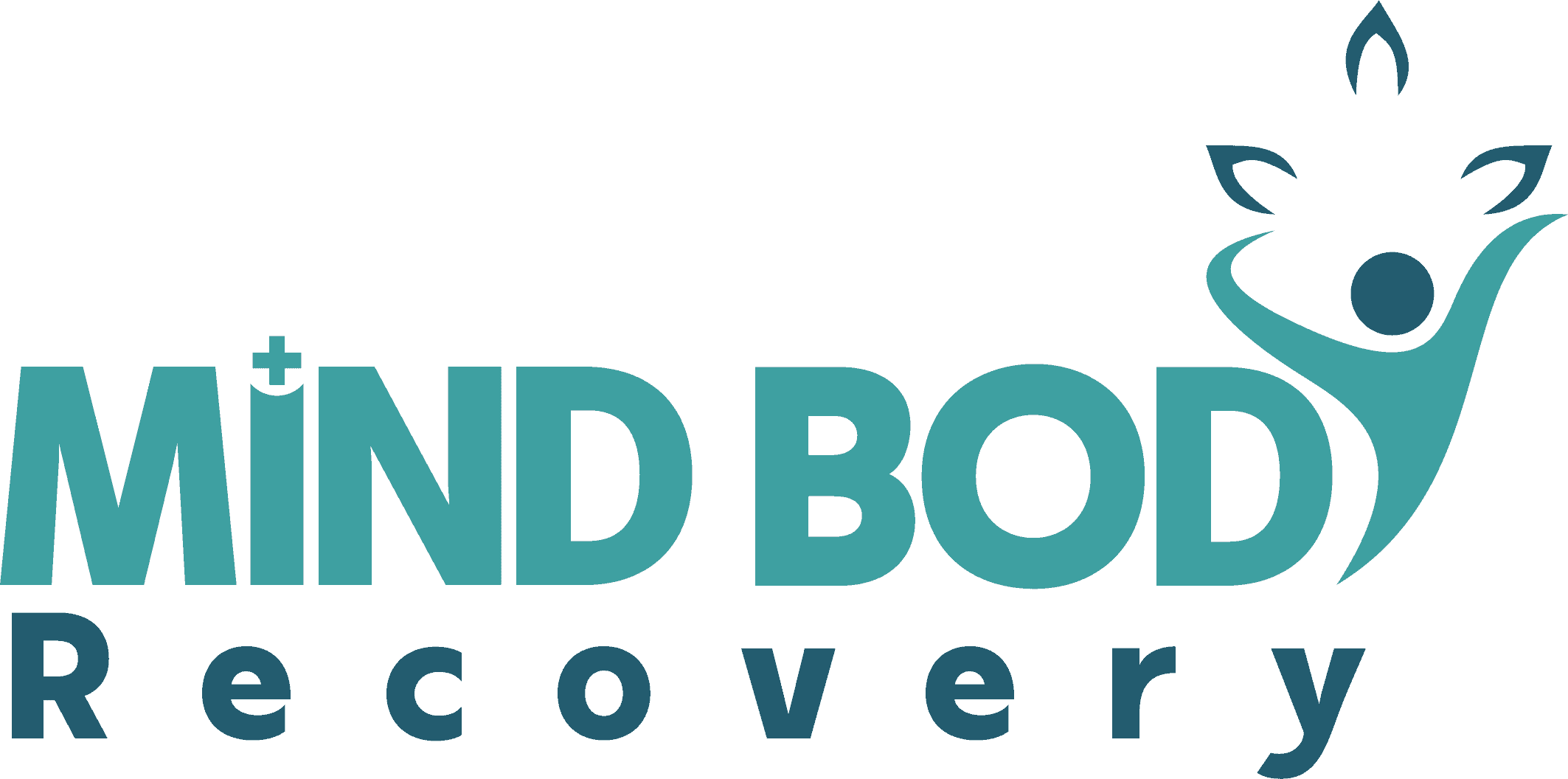There something uniquely and inherently intensive about the ‘group’ and the power of the group, that is difficult to replicate in a one-on-one situation. When a group is formed- every important person in your life- and is sitting down with you and telling you that there is a problem and your behavior is causing tremendous harm, it’s no easy task to walk away from.
After many months or years of trying to reason with your loved one and getting nowhere, it may be time for an intervention. Planning and organizing an intervention to successfully drive home the message that you are deeply concerned about your loved one’s well-being and are no longer willing to participate in the cycle of self-destruction, is sometimes a last resort to shaking up, shocking, and getting the full attention of the addict. From detox to rehab to aftercare, a comprehensive plan should be in place, for that moment when the addict finally says ‘Yes, I’ll go to treatment.” Often the addict is grateful and relieved that the family has finally taken a strong stance, and can begin to see light at the end of the tunnel.
The History of the Intervention
Vernon Johnson is credited with the first experimental interventions nearly forty years ago as a way to encourage alcoholics to accept help for their addiction. Johnson’s two published works, I’ll Quit Tomorrow (1973) and Intervention (1986) outline his basic approach and methodology still being used today.
These methods have been proven effective not only for alcoholism, but also for drug abuse/addiction, gambling, sex addiction, eating disorders and many other types of disruptive impulses. They are so effective, in fact, that interventions are now being formed in response to executives, military personnel, professional athletes and other individuals who exhibit addictive behaviors in the workplace.
Interventions: The Best Kept Secret in Recovery
The general public is still largely in the dark when it comes to options for their loved one’s drug use.
Rural or suburban families may not have immediate access to qualified treatment programs, or health insurance may not cover the expense. Even if this is not the case for your situation, many private therapists are reluctant to engage in a formal intervention, citing lack of experience or education of the process. To make matters worse, most will insist upon continuing the one-on-one therapy sessions instead of making necessary referrals to colleagues with intervention experience.
It is exactly this kind of “I can be your Savior” approach that you, and possibly other family members, have already tried. Trying to force someone to change is a losing battle that leads to frustration, anger, and blame. An intervention, on the other hand, offers the addict a choice: either get help for the problem, or lose the support of your friends and family.
What To Expect at an Intervention
A professional interventionist can assist you in all aspects of preparing and planning an intervention, including:
Gathering family and friends to discuss the problem in detail
Deciding what form the intervention should take
Identifying who should be included
Discussing education and treatment plans
Outlining the intervention plan and schedule
Meeting with the addict in question
Oftentimes, family members will recount an event that was especially painful for them, in an attempt to get the addict to see, firsthand, the effects of his or her actions. Expressing painful feelings of frustration, confusion, anger, betrayal, or even guilt can open new pathways of communication when done in a safe, loving environment. When it comes to staging a successful intervention, family is key, under the guidance of a professional interventionist who is well trained in creating an atmosphere of trust where everyone involved is free to share their thoughts and feelings without repercussion.

